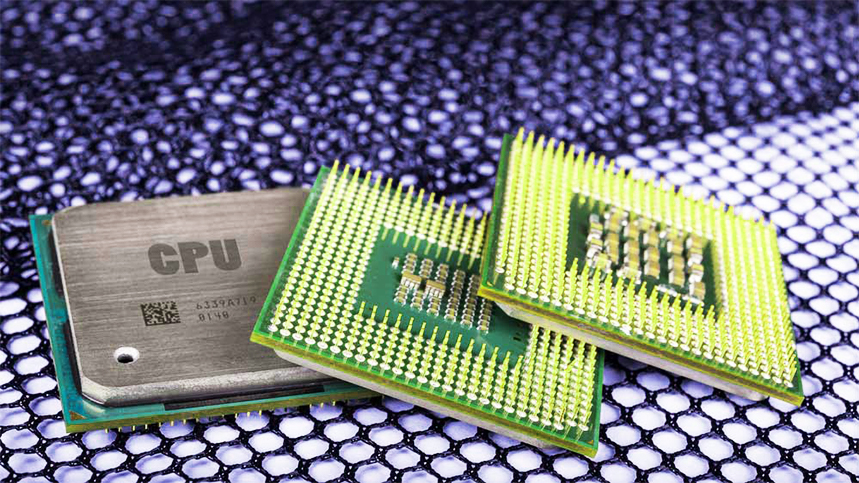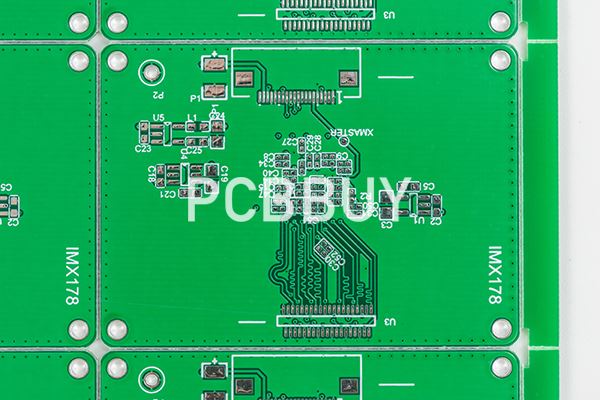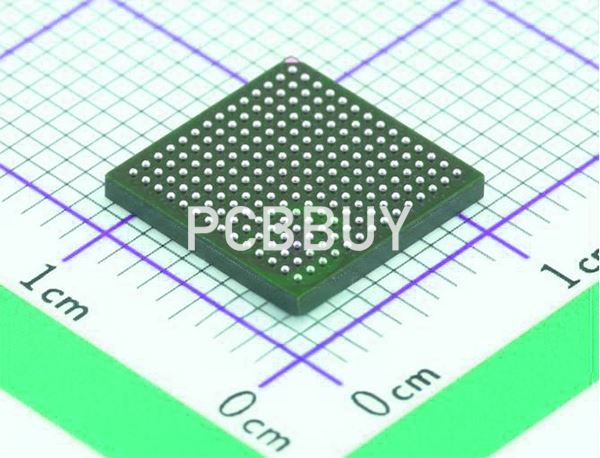What Is the Exactly Introduction PCB Layers and Impedance?
By:PCBBUY 10/19/2023 16:47

PCB layers can be analyzed from the perspective of electrical or mechanical contributions. A board is a physical realization and structure for a circuit, providing the requisite parameters for optimal performance. Notably, these performance characteristics must account for the board during manufacturing processes and the final product. Design decisions on the board layers begin with the stackup, which is a visual representation of its construction. To reach specified parameters (dielectric constant, loss tangent, conductor width and spacing, etc.), designers must co nsult with fabrication and information provided by suppliers’ to determine the best possible choice of material and layer arrangement.

Impedance impacts multiple levels of the stackup, and it’s important to understand how impedance functions in return pathing. Impedance as a function of frequency can be simplified to the form
Z(ω) = R + jωL (when 1jωC << jωL )
In terms of frequency response, capacitive reactance is maximized at DC, whereas resistance dominates reactance at low frequencies. At high frequencies, however, the inductance becomes the driving component of impedance. This is best seen in the current return path at varying frequencies: in the low frequency cases, current simply follows the shortest direct line to ground (for example, cutting across the ends of a u-shaped wire), while the high-frequency case has the current path follow directly underneath the trace for its duration. The difference between the two cases is the capacitive coupling occurring between the trace and the next closest conductor layer. At low frequencies, this capacitive coupling does not exist, and impedance simply follows the shortest path in the plane. However, at high frequencies, the path of lowest impedance is found through this makeshift capacitor.
Different Layer Designs for Different Connectivity
With an idea of how the board functions both mechanically and electrically, the type of layers necessary will be primarily influenced by the particular design considerations of the board. Conductive layers come in one of three styles depending on their general purpose:
Signal: Signal layers connect the nodes of the design. Depending on the density of the rat’s nest and the number of layers in the stackup, signal layers will generally make up half of the stackup’s conductor layers. Signal layers must be careful to avoid conductive coupling both within their own plane and across from another signal plane – this can be achieved by a cross-hatch method on consecutive signal planes. Designers can pick an arbitrary axis for one of the plane layers and alternate on the next layer to minimize the coupling between traces running parallel between the consecutive layers.
Plane: Plane layers provide connectivity to nets with multiple nodes distributed throughout the design, typically power and ground. Its function does not differ much from a signal layer, but how it achieves its connectivity is much different. Plane layers typically use large copper features to span most, if not all, of a layer for various reasons. Since these layers are associated with power and ground, they need to be vast enough to avoid bottlenecking of charge, which can throttle performance and lead to hot spots within the design.

The increased surface area also acts as a heat sink for power components, allowing heat to travel away from the board’s surface and facilitating its passage to the environment through surface radiation and conduction. Finally, the layers provide mechanical support to prevent warpage — when board materials are heated in the lamination process, an uneven CTE value between layers can contribute to different rates of expansion throughout the board. Adding additional copper helps balance the “homogeneity” of the layers, resulting in even expansion.
Mixed: Layers can exist as a fusion of signal and plane layers, but precautions must be taken to avoid poor EMI performance. Routing must avoid crossing over splits in reference planes (common in power planes that group nearby nodes) that lead to circuitous return paths and extensive EMI. Mixed layers often arise due to particular needs of a board that require it to shift its real estate between plane and signal. Most stackups should focus on a mirrored stackup that provides constant and close ground return paths via planes to prevent unintended coupling. Within this framework, and with care, mixed-signal planes can be used to meet the requirements of the board’s routing without compromising signal integrity.
Industry Category











